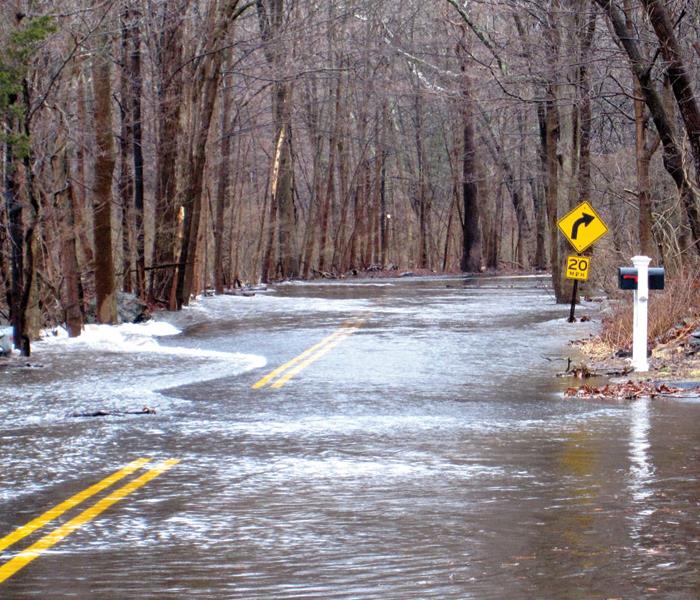Flooding Facts
2/1/2018 (Permalink)
Floods can be highly destructive natural disasters. The U.S. Geological Survey’s Water Science School says that around 71 percent of the Earth’s surface is covered by water. National Geographic points out that flooding has caused more death and destruction than any other kind of natural disaster in the United States. Flooding may result from overflowing streams or rivers; when coastal storms cause the sea to surge inland; if a dam or levee has ruptured; if ice melts rapidly in the mountains; or if excessive rain cannot be absorbed by the ground fast enough. Flooding can even occur without warning, and such instances are referred to as “flash flooding.” Staying safe during floods involves understanding floods. The following information, courtesy of the Emergency Management Institute, FEMA, Ready.gov, and National Geographic, can help men and women better understand floods and how to stay safe in flooding situations.
• No region is safe from flooding. Floods can occur anywhere, but are rare in areas where water is scarce.
• Floods may develop very slowly or in just a matter of seconds after an extensive rainfall.
• Areal floods can occur where saturated grounds are present.
• Although the term “hundred-year flood” describes an extremely large and very rare event, these types of floods have recently been occurring worldwide with increased regularity.
• In the United States, floods cause about $6 billion worth of damage and kill, on average, 140 people every year.
• Coastal flooding alone attributes to $3 trillion in damage worldwide.
• Flood waters can quickly knock people off their feet and carry them away.
• It’s important to sanitize oneself after coming in contact with flood water, which could be contaminated with various natural and manmade substances.
• It may be necessary to move to higher ground when flooding situations occur. It’s important to heed safety precautions and evacuation messages.
• Rapidly moving water has the potential to carry a house, car, trees, or other structures away. • Drivers should not try to navigate through flood waters. Many deaths that occur during floods happen when drivers try to move through flood waters.
• It’s imperative to keep an emergency kit, nonperishable food, flashlights, and batteries on hand to combat potential disasters like floods.
• Flood damage is not necessarily covered by homeowners insurance. Those who live in high-risk flood zones would be wise to purchase flood insurance to protect themselves. Floods can be formidable foes. Armed with information, people can be safer when the waters rise.






 24/7 Emergency Service
24/7 Emergency Service
